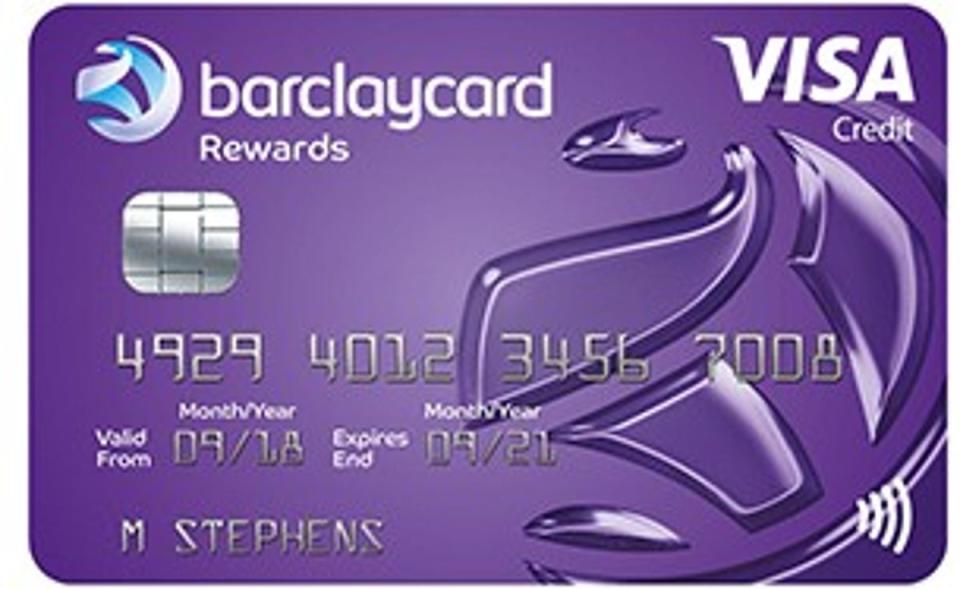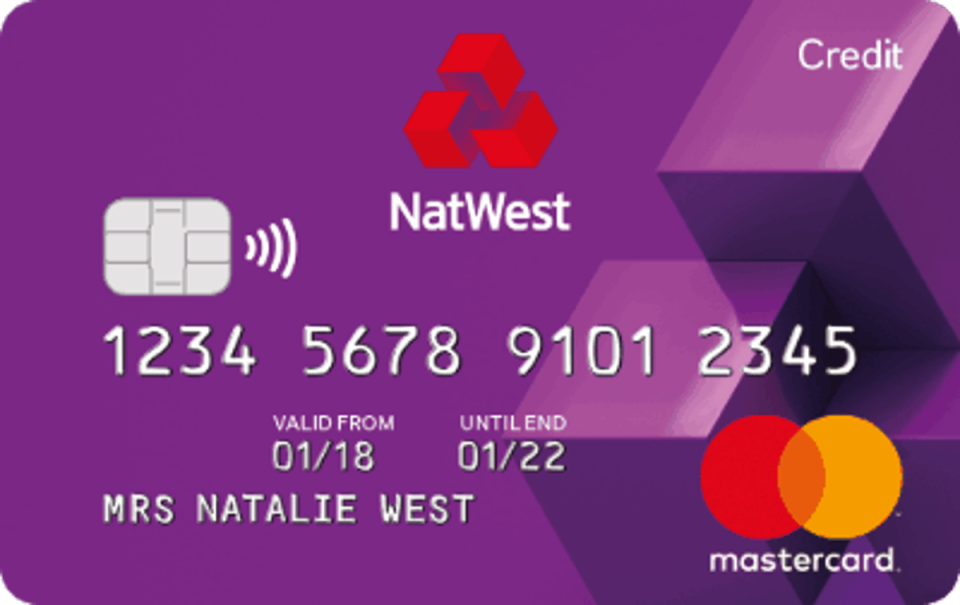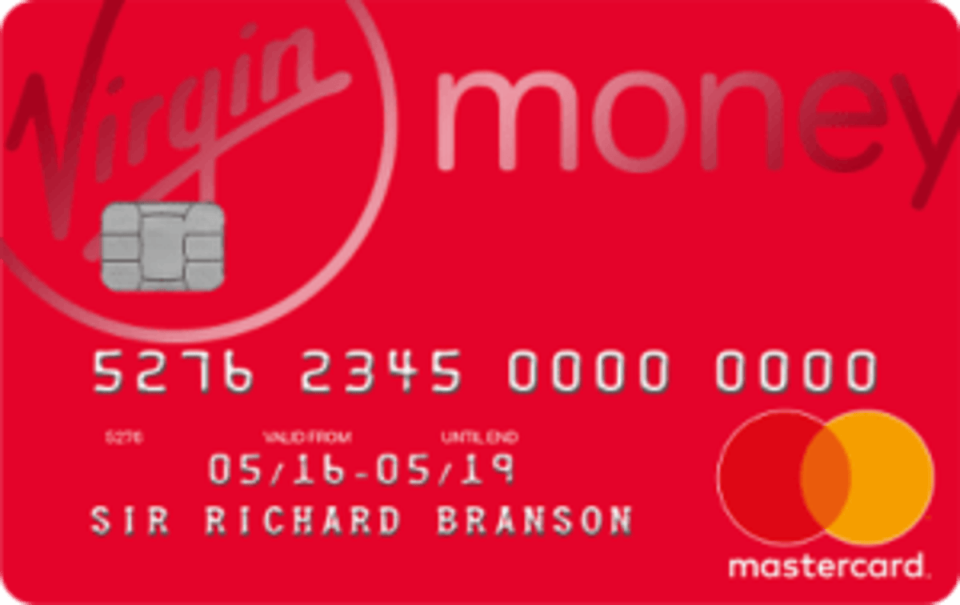Best travel credit cards for overseas spending

Planning a long-awaited holiday this year? There are a number of credit cards designed specifically for use while travelling, which help to avoid often-unexpected fees when you get there.
These deals can come and go according to the market, and their terms can change. But – as foreign holidays arrive back on the agenda – we carried out some research (October 2022) to find some of the top deals. We’ve listed the ones we found below.
It’s worth noting before you start, however, that not all applicants will qualify for these cards. The best travel credit card for you will depend on your own circumstances – for example your credit history and income.
However, you can always use an eligibility checker to find out your chances of being accepted. This doesn’t show up on your credit score, so you’ve nothing to lose.
What are the best travel credit cards?

1. Barclaycard Reward Credit Card
Overseas fees: None
Representative APR: 25.90% (variable)
Foreign purchases fee: None
Our verdict
No fees lurk under this plastic if you take it abroad. This means there’s no charge even for withdrawing cash from an ATM and, unusually, no interest payable on that amount (so long you clear the balance at the end of the month).
As the name implies, the card offers rewards too. In this case it’s 0.25% cashback on spending – at home or abroad. It’s only 1p for every £1 spent, but there’s nothing to lose.
As ever, you will need to repay your balance every month to avoid paying interest, which is priced at a representative 25.90% APR (variable). You’ll need to be 21 or over with a minimum four years’ credit history and an income of more than £21,000 to be considered.

2. Halifax Clarity
Overseas fees: None
Representative APR: 22.94% (variable)
Foreign purchases fee: None
Our verdict
This card has been a long-standing go-to for overseas travellers, charging no fees for making purchases or even withdrawing cash abroad.
However, a representative 22.94% interest (variable) will apply from the outset if you use the card to withdraw local currency from an ATM (even if you clear your balance in full). If you opt to withdraw sterling, interest is higher.
A good rule of thumb anywhere in the world however, is to keep credit cards and ATMs well apart.

3. NatWest Credit Card
Overseas fees: 3% cash withdrawal fee
Representative APR: 12.9% (variable)
Foreign purchases fee: None
Our verdict
The NatWest Credit Card is something of an all-rounder, offering a low representative APR and no fees abroad. The exception is a percentage-based charge if you withdraw currency from an ATM while abroad. In this case, interest will be charged with immediate effect at a heady 26.9% APR, even if you pay off your balance at the end of the month.
But the biggest drawback with this card is that it’s only available to existing NatWest customers (this means with a current account, savings account, credit card or mortgage).
In the event you do pay interest, the 12.9% is only representative and you could be offered 15.9% or 19.9% APR (variable) instead, depending on your circumstances.

4. Virgin Money Travel Credit Card
Overseas fees: 3% cash withdrawal fee
Representative APR: 22.90% (variable)
Foreign purchases fee: None
Our verdict
Steer clear of cash machines on your travels and you can spend totally fee-free while overseas with Virgin Money’s Travel Credit Card. However, if you use the card at an ATM, there’s a 3% charge, plus a loaded APR of 28.90% (variable) on the sum, until it’s paid off.
The card also offers nine months 0% interest on purchases, balance transfers (2% fee) or money transfers (4% fee), should you need it.

5. Zopa
Overseas fees: £3 cash withdrawal
Representative APR: 34.90% (variable)
Foreign purchases fee: None
Our verdict
This card from Zopa charges no fees on foreign purchases, aside from a flat £3 fee for withdrawing cash at ATMs in any currency.
But, while you could be offered a less, the representative APR which applies to the majority of successful applicants, stands at a considerable 34.90% APR (variable). This makes it even more important to take the best from the card and clear your balance every month.
How did we rank the cards?
The cards are ordered primarily on their overseas fees, with the best offerings at the top. We’ve also considered representative APR and any other features, such as 0% spending on purchases or balance transfers.
Find out more about travel credit cards and how to use them.
Frequently Asked Questions (FAQs)
Why use a travel credit card?
While you’re on holiday abroad, using plastic to pay is a hassle-free option – it means you don’t have to carry cash or get your head around foreign currency.
But, if you use your regular cards on holiday, you’re likely to pay for this convenience through fees.
Most standard credit and debit cards charge a non-sterling transaction fee. This is typically around 2.99%, meaning you’ll pay an extra £2.99 for every £100 you spend.
Some card providers may also charge you an additional fee every time you use your card outside of Europe.
Taking currency from an ATM with your credit card becomes very expensive. You’ll be charged a withdrawal fee – either a percentage or fixed amount – as well as immediate interest, even if you clear the balance that month.
Withdrawal fees are likely to apply to your debit card too.
In short, even if you only make a couple of transactions, fees can soon add up.
Specialist travel credit cards are designed for overseas spending and eliminate some or all of these charges.
What other benefits are there?
If you spend more than £100 and up to £30,000 on any credit card, you’ll benefit from protection under section 75 of the Consumer Credit Act. This means if something is wrong with your purchase, or the company you buy goods or services from goes bust, the card provider will reimburse you even if the retailer doesn’t.
Some travel credit cards also throw in incentives such as cashback, rewards or travel insurance. Plus, you may benefit from competitive exchange rates when using your card overseas.
What are the pitfalls of a travel credit card?
Here are some pitfalls to avoid when shopping around for the best travel credit card:
Using your card to withdraw cash – even if withdrawals are fee-free, interest may apply immediately and sometimes charged at an inflated rate. Handing over your plastic to pay will be cheaper
Paying in sterling – if you’re asked whether you’d like to pay in sterling or the local currency, opt for the latter. This avoids dynamic currency conversion, where the retailer sets the (often unfavourable) exchange rate
Carrying over a balance – it’s natural to let your hair down on holiday and spend more than usual. But, make sure you have cash over to clear your balance each month. Unless you have a 0% deal, you’ll have to pay interest, and credit cards tend to come with high APR.
Being caught out by fees – despite eliminating many fees when spending abroad, some travel credit cards may charge monthly or annual fees, so be sure to check
What’s the best travel credit card for you?
The first step is to check what you’ll be charged to use the card/s you already have. If you need to, contact the provider to find out. Then you’ll know how much a travel credit card could save you.
Then get onto a credit card comparison service to see the travel options available. Most card providers now offer eligibility checkers which allow you to see if you would be accepted for a card without officially applying.
As ever, the most competitive deals are only offered to applicants with good credit scores.
When looking at the travel credit cards listed, pay attention to the following fees:
Non-sterling transaction fee– what you’ll pay, per purchase, to convert the currency
Non-sterling cash fee – what you’ll be charged to withdraw money from an ATM
Interest on cash withdrawals – what APR will apply and from when?
The representative APR – the annual percentage rate shows how much you’ll pay back in interest and factors in all fees. But bear in mind that if the APR is ‘representative’, it only has to be offered to 51% of people who successfully apply for the card with the remaining 49% potentially being offered a higher rate
On the plus side, look for any cashback or rewards. If the card carries an annual fee, weigh up whether the perk is worth it.
What are the alternatives to a travel credit card?
There are some alternatives to a travel credit card to consider, too.
You could take out some foreign currency before your trip. If you choose to do this, make sure you shop around to find the most competitive rates online and that your travel insurance covers you for lost or stolen cash.
You could also apply for a prepaid currency card which you load with currency in advance and spend on as you would a debit card. Prepaid cards are a good way of budgeting but they may still charge fees for spending or withdrawing cash, so always check.
There are also a number of debit cards designed for overseas use, but you may need to open a new bank account to qualify.

 Yahoo Sport
Yahoo Sport 





































